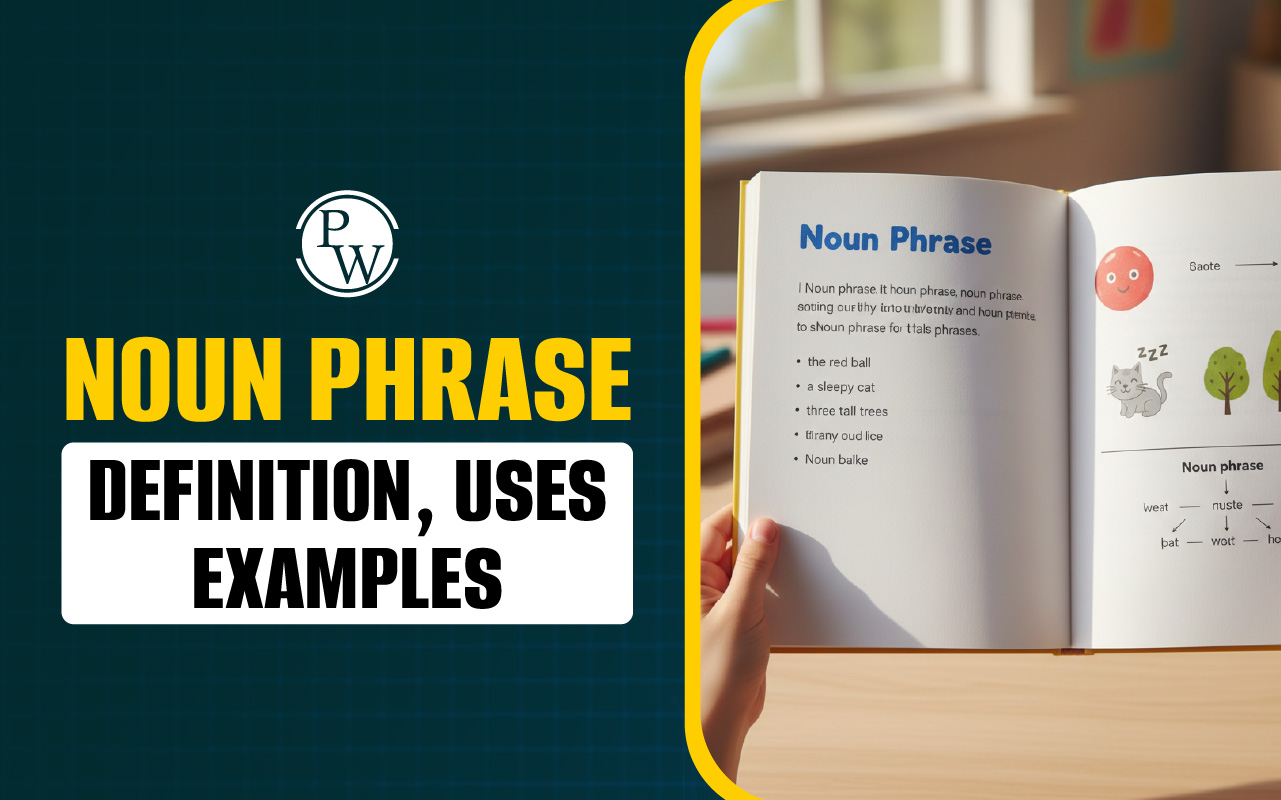
NCERT Solutions for Class 4 EVS Chapter 24: Chapter 24 of the Class 4 EVS textbook, titled Home and Abroad explain the concept of home and the diverse experiences people have in different parts of the world. It highlights the similarities and differences between various homes, focusing on how people live, work, and interact in different environments.
The chapter provides insights into how homes are adapted to the local climate, culture, and resources available in a region. It encourages students to appreciate the diversity in living conditions and the ways people manage their daily lives across different countries. By understanding these aspects students can develop a broader perspective on global cultures and lifestyles.NCERT Solutions for Class 4 EVS Chapter 24 Home and Abroad Overview
These solutions are created by experts of Physics Wallah, cover Chapter 24 Home and Abroad from the NCERT Class 4 EVS book. The chapter talks about different types of homes around the world and how they are influenced by the environment and culture. It explains how people live in various places and how their homes are built according to the weather and available resources. The solutions help students understand these concepts clearly and appreciate the diversity in how people live globally.Related links-
NCERT Solutions for Class 4 EVS Chapter 24 Home and Abroad PDF
The PDF link for NCERT Solutions for Class 4 EVS Chapter 24 Home and Abroad is available below. This chapter explain various types of homes around the world and their connection to the local environment and culture. The solutions provided in this PDF are designed to help students grasp the concepts of how different homes are adapted to their surroundings and the diverse ways people live.NCERT Solutions for Class 4 EVS Chapter 24 PDF
NCERT Solutions for Class 4 EVS Chapter 24 Home and Abroad
Below we have provided NCERT Solutions for Class 4 EVS Chapter 24-NCERT Solutions for Class 4 EVS Chapter 24 Home and Abroad Page No.195
Discuss and write
1. You can also make a small report comparing Abu Dhabi with the place where you live. You can use some of the points mentioned below while writing the report. You can also draw pictures or put photographs.
(a) The climate and weather
(b) What people wear
(c) The trees and plants
(d) The kind of buildings
(e) The traffic on the roads (kinds of vehicles)
(f) The common food items
(g) The language
Answer-
It should be done by the students.2. Why do you think many trees cannot grow in desert areas?
Answer-
Many trees cannot grow in desert areas due to the scarcity of water. Desert environments typically have very low rainfall and high temperatures, which create harsh conditions for plant growth. Trees require a consistent supply of water to thrive, and the lack of moisture in desert regions makes it difficult for them to survive and grow. The soil in deserts is often sandy and lacks essential nutrients, further inhibiting tree growth.3. Do you have any relatives who live in another country?
Answer-
Yes, one of my aunts lives in USA.NCERT Solutions for Class 4 EVS Chapter 24 Home and Abroad Page No.196
4. How long have they lived there? Did they go there for studies or for work? Was there any other reason?
Answer-
She has been living there for more than 40 years. She initially moved there to pursue her master's degree at a college and later secured a job with a good salary.5. Look at these currency notes
Write the value of each note in the box near its picture.


Answer-

NCERT Solutions for Class 4 EVS Chapter 24 Home and Abroad Page No.197
6. To which country does this currency belong? How did you know?
Answer-
This currency belongs to India. I identified it because it has "Reserve Bank of India" printed on it.7. Whose picture can you see on the notes?
Answer-
Mahatma Gandhi’s picture is printed on the notes.8. Can you find any number on the notes (other than the value)?
Answer-
Yes, aside from the value, you can find the serial number on the notes.9. Do you think that two notes can have the same number?
Answer-
No, two notes cannot have the same number. Each note has a unique serial number to prevent counterfeiting and to help track and identify individual notes.10. Take a ten rupee note and observe it carefully. How many languages can you see on the note?
Answer-
On a ten rupee note, you can see 15 languages.11. Write the name of the bank given on the note.
Answer-
The name of the bank given on the note is the Reserve Bank of India.NCERT Textbook Page No.197
Match the coins

1. How many of these coins do you recognise?
Answer-
I can recognise all the coins given in the picture.NCERT Solutions for Class 4 EVS Chapter 24 Home and Abroad Page No.198
2. What is written on each coin other than the value?
Answer-
On each coin, besides the value, the name of the country, "India," is written.3. Look at these notes. Do they all belong to India? Put a circle around notes that are not Indian. Find out which country they belong to.


Answer-
The following notes, which are circled, are not Indian: The notes belong to the following countries:
The notes belong to the following countries:
Benefits of NCERT Solutions for Class 4 EVS Chapter 24
- Enhanced Understanding: The solutions provide clear and concise answers to questions in Chapter 24, helping students grasp key concepts about different countries and their currency, making the subject more relatable and easier to understand.
- Improved Exam Preparation: By working through the NCERT solutions students can practice and reinforce their knowledge which helps in preparing for exams and improving their performance.
- Concept Clarity: The solutions help clarify concepts related to currency, different languages on notes, and the role of national symbols, ensuring that students have a solid understanding of the chapter's topics.
- Confidence Building: Detailed solutions boost students confidence by providing correct answers and explanations, reducing the anxiety of uncertain answers or incomplete understanding.
- Self-Assessment: Students can use these solutions to self-assess their understanding of the chapter and identify areas where they need further study or clarification.
NCERT Solutions for Class 4 EVS Chapter 24 FAQs
What does the chapter "Home and Abroad" cover?
Why is understanding different currencies important?
How many languages are mentioned on Indian currency notes?
Whose picture is commonly found on Indian currency notes?
Can two notes have the same serial number?










